Beespoke.info is a growing information miscellany for beekeepers and people who are just interested in bees or honey. It is a work in progress – you could call it a construction site – so if you find something missing or just plain wrong – let me know.
Blog
Throughout the active beekeeping season I will be posting a regular blow-by-blow bee blog – all about what should be happening in the apiary and what is actually happening. Often not the same thing! During the winter I’ll post background information. All of that will be on the page labelled ‘Blog’.
Irish Honey
For people interested in honey there is a lot of information on the ‘Irish Honey’ pages including ‘Processing’ and ‘Raw Honey’ sections with links to related subjects throughout.
Beginners
For the Beekeeping Beginner – there are several articles in the Bee Basics category which are just that – Bee Basics. If you are looking for information on a specific topic you can use the Search box. There is also an alphabetical list of all posts on the Post Index page.
If you have a specific question – ask it here and I’ll send you a personalised Beespoke reply.
Native Irish Bee
I’m interested in the native bee and its conservation so there’s more about those on the page called – wait for it – ‘Native Bee’.
Skeps
In my spare time I make skeps – more about that on ‘Skeps’ pages.
There are more me-me-me details on the ‘About’ page.
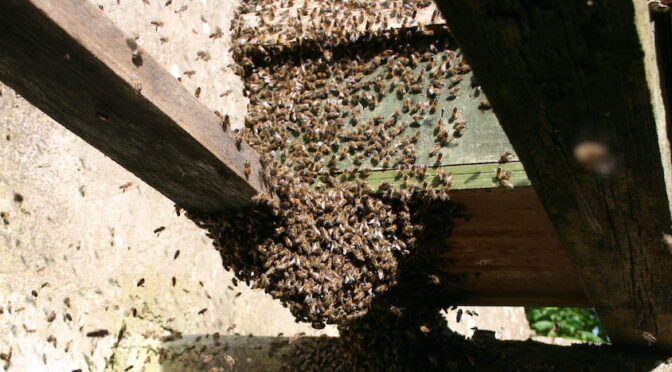
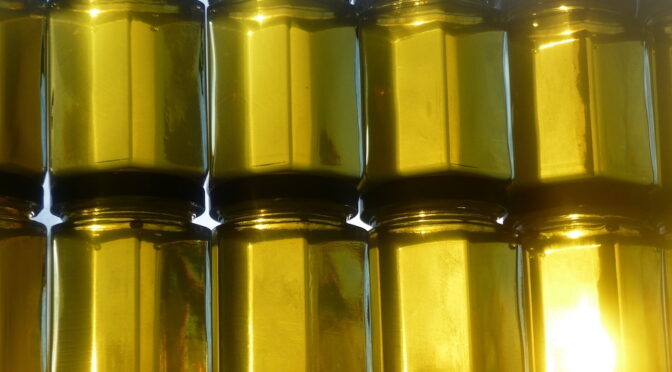

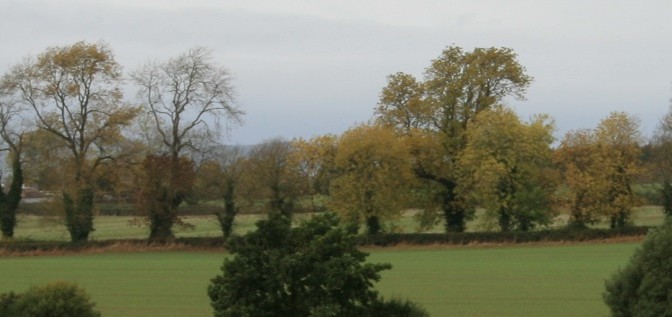
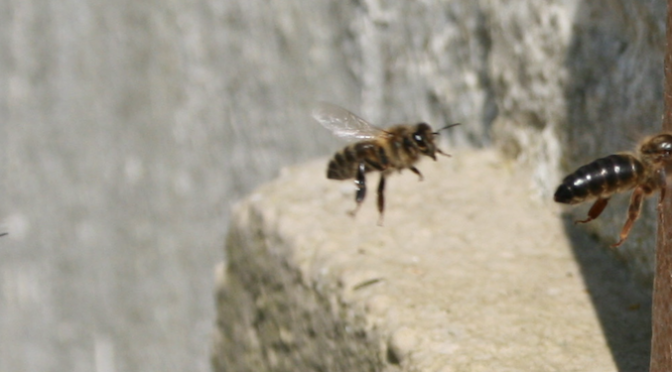
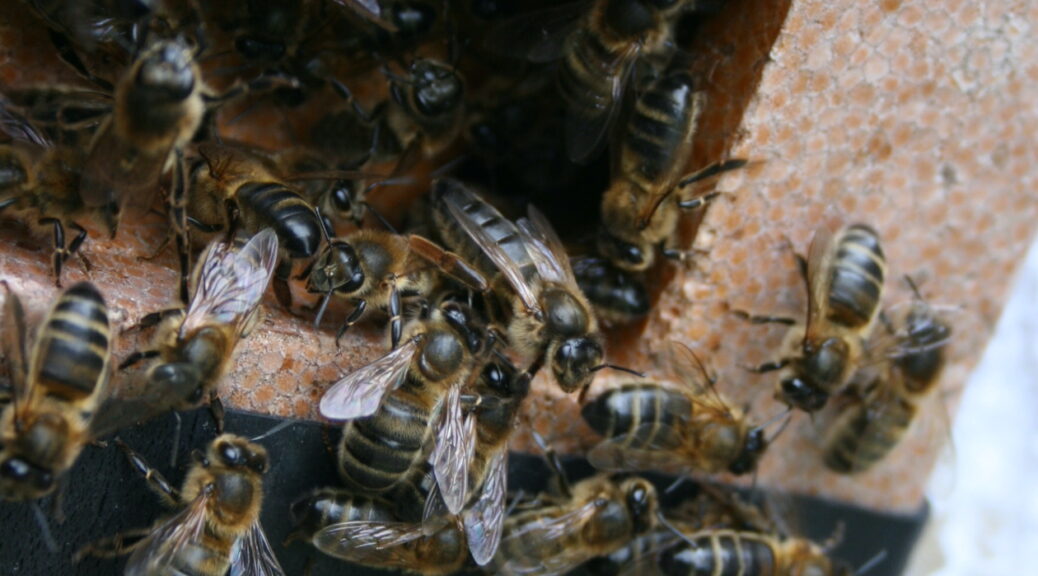
Hallo, I am really happy to have found your blog, I found it via the sycamore bee tree article. I too have native bees in our garden…. or I should say “They have me/us” There are 5 golden hives occupied
We do not harvest the bees honey,.they live in our extended garden as naturally as possible.
The different articles I have read in the last half hour are all very, interesting. If by way of this comment I am now on your mailing list I will have achieved my aim. Otherwise where do I sign up.
Hi, may i use your photo of the Horse Chestnut in the Carlow Car Park for a book I am writing? I have no publisher etc. – doing this for myself. If I get published – let me know what you’d meed from me. Thank you.
Hi can you help me?
I am interested in an apidea and your article is most helpful.
My question is one, are the frames in the apidea plastic and small? I use Langstroth frames and usually do splits to Nucs. How do you get the bees on their plastic frames into a 6 frame Nuc.
Michael
Now that is complicated and I suppose the easy answer is to experiment.
It is possible to slot 3 apidea frames into a Manley shallow (National) frame if you cut a couple of slots into the side bars to accomodate the apidea frame lugs.
You could probably do something similar with a Langstroth deep?
From your reply and from another reply from a beekeeper in Kent. I deduce that the bees having built out the foundation and the queen has been laying it becomes time to move the mini plastic frames into a 6 frame nuc. To do this it seems that one cuts out the built out foundation from the Apidea’ plastic frames and places them into a same sized preprepared hole in a full sized frame from the nuc. Sealing it there with the help of some hot bees wax. All the time while doing this operation one has the odd 1000 bees and their queen running all over the place. Am I even remotely on the right track? Can’t wait for a nice friendly response, Michael
I wouldn’t do it that way but then I always had a number of apideas on the go – up to 50 one year.
I’d introduce a queen (from an apidea) to the nuc in a cage then I’d find a nice queen cell to introduce back into the apidea. This way, an apidea can raise up to 3 queens per season.
Alternatively if they were strong, I’d let them raise their own queencell. You might be surprised at the quality of queen a nice strong apidea can produce and the genes are right of course.
At the end of the season, there may be a number of heartbreakingly sad little queenless apideas left over, all of which can then be shaken together into a nuc, perhaps equipped with a frame of capped brood from a strong colony and a queen – in a cage if need be – and moved to another apiary. So long as this operation isn’t left too late into the season such nucs seem to go through winter well enough.
If there are a lot of apidea frames with honey and brood left over, a section crate can be modified to hold these which can then be placed on top of a deserving hive. The brood can then hatch out and join the workers below and the honey can augment the winter stores.
Hello,
I’m a beekeeper from Algeria
Thank you, website very interesting, I wish success
Love all this info. Thank you
Well done …. Just dropped in as Iam only starting ( 2nd year ). Hope to learn loads here !!
Fine job,keep it up.
Greetings from Greece,and thank you.
This is a great website. Hope you keep posting. I only found it yesterday and its great for a novice beekeeper like myself
Thanks Rory,
That makes it all worth while!
Thanks John.
Hi,
I own and run Dave Cushman’s website http://dave-cushman.net/ and I’m involved with BIBBA http://bibba.com/
I have linked to you. Please feel free to reciprocate if you wish.
Roger Patterson.
Thank you Roger!
I thought I already had a link to your website but there are references only.
It’s done now anyway.
Excellent website well done
Thank you Greengage!
Hello
I’m from Greece and i’m beekeeper and i’m trying to make my own queens.Very interesting your site!Good job!
Belated thanks Apostolis. Did you rear many queens I wonder?